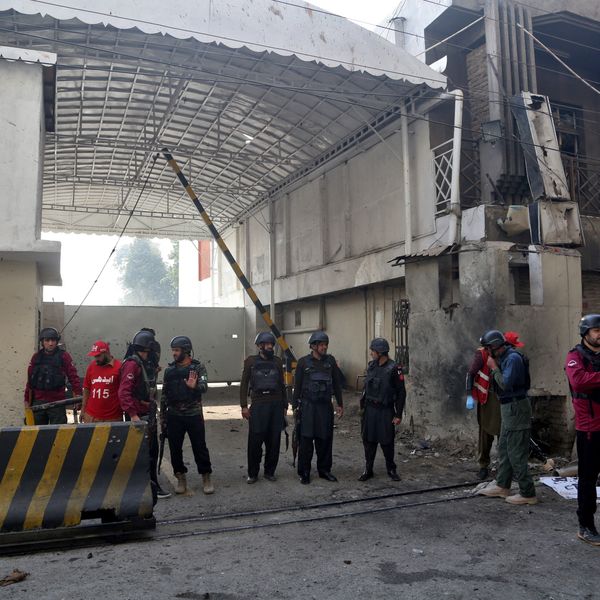OGDC hit by PKR 40-43B revenue loss as gas curtailments cut output
Reduced offtake by SNGPL amid excess RLNG supply dents production and earnings, but new field developments and recovery plans keep medium-term outlook steady
Business Desk
The Business Desk tracks economic trends, market movements, and business developments, offering analysis of both local and global financial news.

The Oil and Gas Development Company Ltd. (OGDC) said on Monday that reduced gas offtake by Sui Northern Gas Pipelines Ltd. (SNGPL), driven by excess re-gasified liquefied natural gas (RLNG), led to an estimated revenue loss of PKR 40 to 43 billion during the current fiscal year.
In a corporate briefing, the company’s management said that without the gas curtailment, its earnings would have been significantly higher, with hydrocarbon production estimated at 32,709 barrels of oil per day (bopd) and 743 million cubic feet per day (mmcfd) of gas. Actual output during the year stood at 30,919 bopd and 652 mmcfd.
Its management said gas circular debt remains a key challenge for the sector but added that the government “is taking the issue seriously” and that a roadmap for resolution is expected within this year. The company expects cash inflows from the Uch field under the government’s power-sector circular debt settlement soon, with outstanding receivables of about 59 billion rupees.
New production and exploration plans
OGDC said gas and oil production from the Wali Block is expected to begin within two months, with initial flows projected between 25 and 35 mmcfd of gas and 2,500 to 3,500 barrels of oil per day. For fiscal 2027, the company is targeting output of 50 mmcfd and 5,000 bopd from the field.
The Spinwam field, in which OGDC holds a 35% stake, is also expected to start production shortly, following the resolution of ongoing line issues. Meanwhile, the company said the first phase of its Abu Dhabi ADNOC block has been completed, with production expected to begin in fiscal 2028 or 2029.
OGDC said it plans to invest between PKR 50 and 60 billion in capital expenditure during fiscal year 2026, excluding its stake in the Reko Diq copper and gold project, where production is projected to commence by the end of 2028.
Production trends and recovery efforts
During fiscal year 2025, the company reported daily production of 30,919 barrels of crude oil, 717 mmcfd of gas, and 717 tons of LPG. The decline in gas output was attributed mainly to reduced gas intake by SNGPL from fields including Qadirpur, Nashpa, Chanda, Dhok Hussain, Mela, Bettani, Togh, Loti, and TAL.
OGDC said that in the absence of curtailments, its saleable production would have reached 32,977 barrels per day of crude oil, 746 mmcfd of gas, and 724 tons per day of LPG. It warned that if the current level of curtailment continues through fiscal year 2026, production could decline by about 3,000 barrels per day of oil, 130 mmcfd of gas, and 100 tons per day of LPG.
The company’s cash collection ratio improved to 109%, mainly due to higher recoveries from Sui companies. Management said discussions with the government are ongoing to address circular debt in the gas sector.
To improve reservoir recovery, OGDC said it has deployed artificial lift systems and other enhanced recovery technologies across several fields.
Exploration and development focus
OGDC said it remains committed to exploring high-risk but resource-rich regions such as Balochistan and Khyber Pakhtunkhwa. The management noted that despite security challenges, the company is actively pursuing new exploration licenses in these areas, citing “substantial untapped potential”.
The company currently has three development and compression projects underway—Dakhni, KPD-TAY, and Uch—with a combined production capacity of around 737 mmcfd of gas.
Despite challenges from supply curtailments and sectoral debt, OGDC said it remains optimistic about its medium-term production outlook, supported by new field developments, enhanced recovery programs, and the government’s ongoing efforts to stabilize the energy sector.










Comments
See what people are discussing